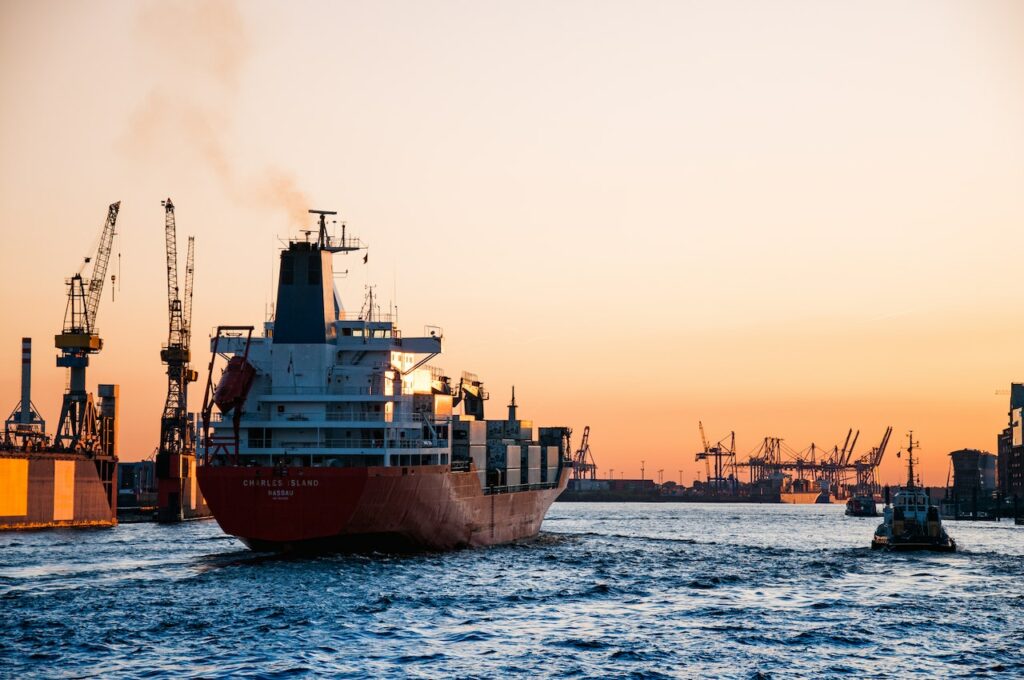
Port of call
12 May, 2023
The global shipping industry accounts for at least 2.5% of the world’s total greenhouse gas emissions. This is similar to the contribution made by the aviation industry, but shipping doesn’t get nearly as much airtime.
Shipping emissions are driven by growing demand for commodities and goods. What we buy needs to be moved – and the vast majority of the time, it is moved by sea. While alternative fuels and operational solutions like weather routing can help reduce in-transit emissions, it’s not just ships in motion that have negative environmental impacts. Ports also come with a high environmental cost.
Ports are a vital part of the shipping industry, but their operations have an impact on water quality and the health of marine life. Waste from ships degrades ocean environments causing damage and loss of species, so it is good to see initiatives in place to tackle this uncharted issue.
One such initiative is The Living Ports Project – currently showcased at the Port of Vigo in Spain – where academics and material suppliers have collaborated to develop and install ‘living’ sea walls. These sea walls, created by ECOncrete, help marine ecosystems to thrive by using a bio-enhancing concrete that sequesters carbon, increases biodiversity, promotes local species, and improves water quality.
Unlike traditional concrete, which is costly and harmful to marine organisms, the use of ECOncrete signifies a forward-thinking approach to adapting port infrastructure while actively mitigating climate change. While it cannot eliminate shipping emissions single-handedly, it showcases an inspiring vision for the future of construction and has the potential to drive change within the industry.
The Living Ports Project showcases an inspiring vision for the future of port infrastructure. With its nature-friendly and carbon sequestration abilities, it not only sets a new standard but may serve as a powerful catalyst for change.
By Bertie Bateman
 Back to all friday 5
Back to all friday 5